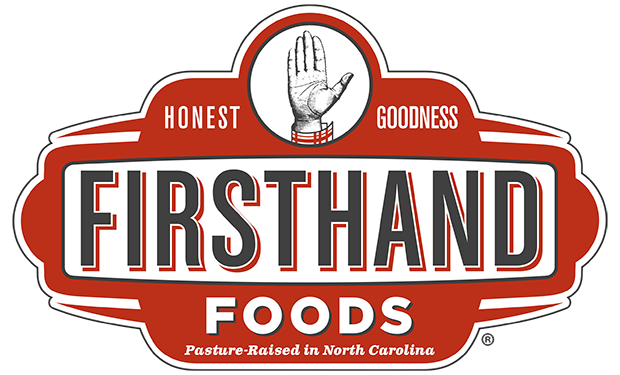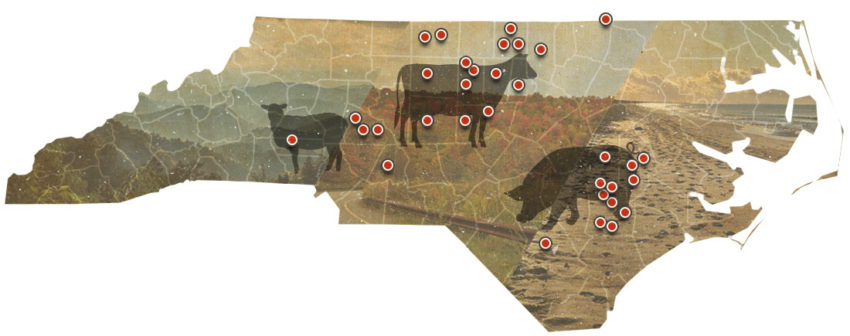One reason many of us believe in buying local food is that we inherently understand that it probably traveled fewer “food miles” than its imported counterpart thus, among other things, minimizing the use of fossil fuels. Take, for example, a beef cow born and raised to yearling stage in North Carolina. It will likely be sold to a finishing operation in the Midwest and if it makes its way back here as a steak will have traveled over 3,000 miles. Contrast that with a steak from Firsthand Foods (#shamelessplug) and it has probably traveled at most 250 miles from farm-to-fork.
While important, food miles are just one piece of the puzzle. And, frankly, they don’t really come up that much in conversation these days. What seems to be more of a priority are the intangibles. Discerning chefs and home cooks are looking for products that are raised not too far away…somewhere they have visited or at least can imagine visiting. They want their money to support real people and communities. They want to feel, through their purchase, a sense of connection to place. And ideally, they want to know the animals are being raised humanely and the land is being taken care of and replenished. That’s why we hold ourselves to standards above and beyond local, including pasture-raised and @Animals Welfare Approved. And that’s why we are committed to full transparency about not just where our farmers raise their animals but how.
We still get the random survey asking us how we define local. Sometimes it’s a multiple-choice question and the only answers to choose from are “within 50 or 200 or 450 miles.” Since we work with farmers as far west as Rowan County and as far east as Duplin, we’d have to select the last choice. But that’s an insufficient response to a question loaded with meaning and nuance. We aren’t wedded to a definition of local that is restricted geopolitically. For one thing, local will always include a consideration of proximity to our processing partners. It’s just not ideal for livestock to be hauled more than three hours away, especially in the heat of summer. In the end, we believe in buying animals and selling meats as locally as possible but not at the expense of core values, including whether what we are doing is building a food community that values people and the Earth. Most surveys don’t have room for us to explain that so thank you for indulging us here. ?

